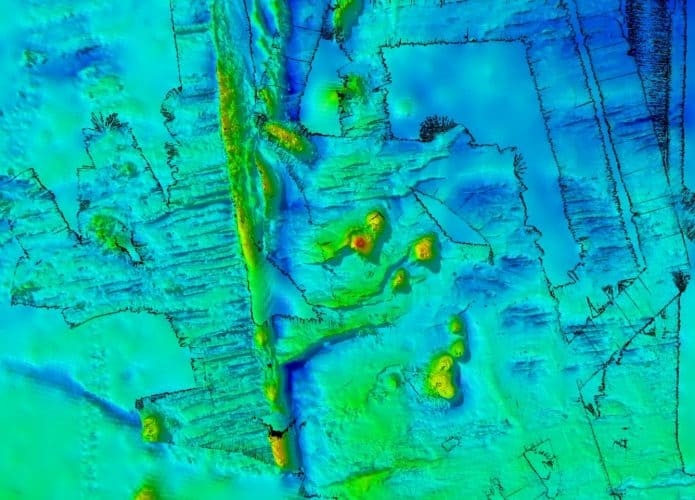A group of scientists have mapped an area of the sea floor between Tasmania and Antarctica, and found a series of underwater volcanoes that could influence the ocean currents above them and act as a gateway for heat to enter the icy continent.
To draw the maps, data collected by NASA's new SWOT (Surface Water and Ocean Topography) satellite, which measures ocean height, and oceanographic data collected aboard the Australian research vessel Investigator were used. The measurements revealed an underwater mountain range extending over an area of about 20,000 square kilometers, and consisting of eight dormant underwater volcanoes, four of which were previously unknown to science.
{{#values}} {{#ap}}
{{/ap}} {{^ap}}
{{/ap}} {{/values}}
For those in a hurry:
- The volcanoes lie beneath the Antarctic Current, which acts as a barrier to Antarctica.
- It is believed that the formation of the current is related to the emergence of volcanoes;
- A leak has been found in this barrier that could contribute to the melting of Antarctic ice.
Volcanoes and ocean current
The volcanoes average about 4,000 meters deep, reach up to 1,500 meters high, and lie beneath the world's strongest ocean current: the Antarctic Circumpolar Current. It runs clockwise around Antarctica and acts as a barrier around the continent, preventing hot water from entering and melting ice. It is believed that volcanoes somehow affected their appearance.
The Antarctic Circumpolar Current senses the seafloor and mountains in its path, and when it encounters barriers such as ridges or seamounts, “oscillations” are created in the water flow.
Helen Phillips, senior scientist involved in the research
Oscillations caused by volcanoes form eddies that break off ocean currents and play an important role in transporting heat and carbon from the surface to the ocean floor.
Read more:
However, the area drawn on the map revealed a place where the barrier appears to be leaking and allowing heat to reach Antarctica, subsequently contributing to melting ice and rising sea levels.
in advertisementThe researchers explained that the leak is not new, but they hope that the new maps will help predict how it will develop as the ocean temperature rises due to climate change.
Knowing the depth and shape of the sea floor is crucial to measuring the effect of submerged mountains, ridges and valleys on the Antarctic Current and heat leakage towards Antarctica.
Helen Phillips

“Coffee trailblazer. Social media ninja. Unapologetic web guru. Friendly music fan. Alcohol fanatic.”

